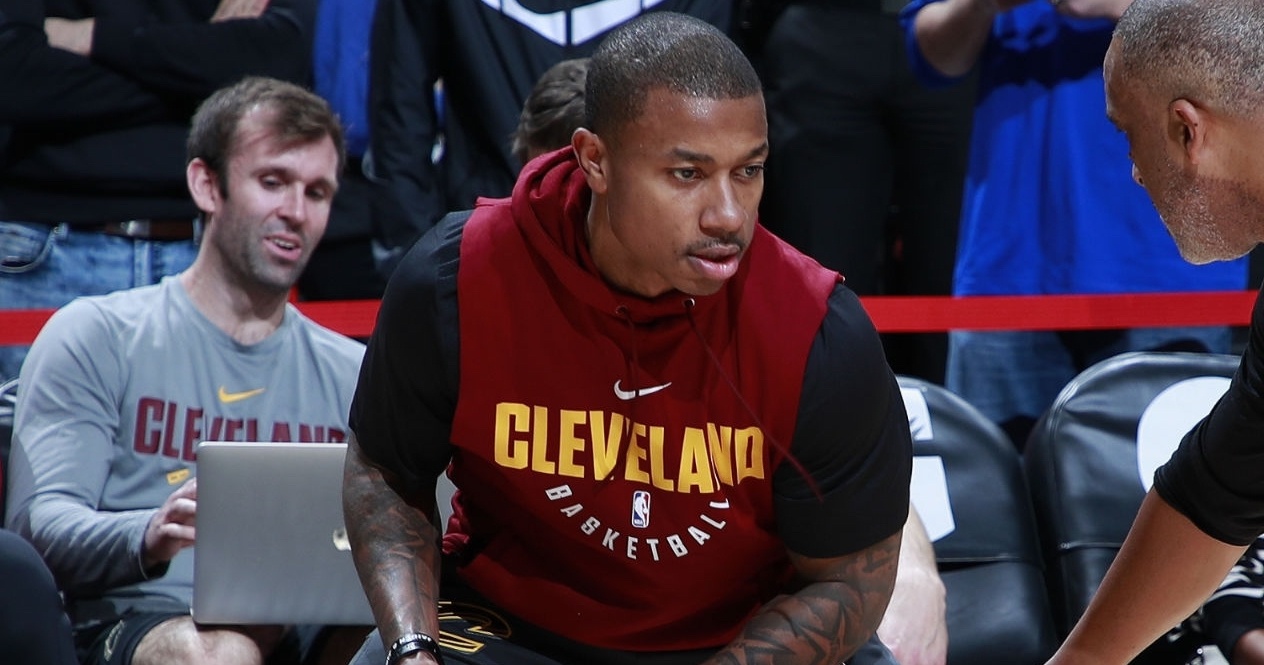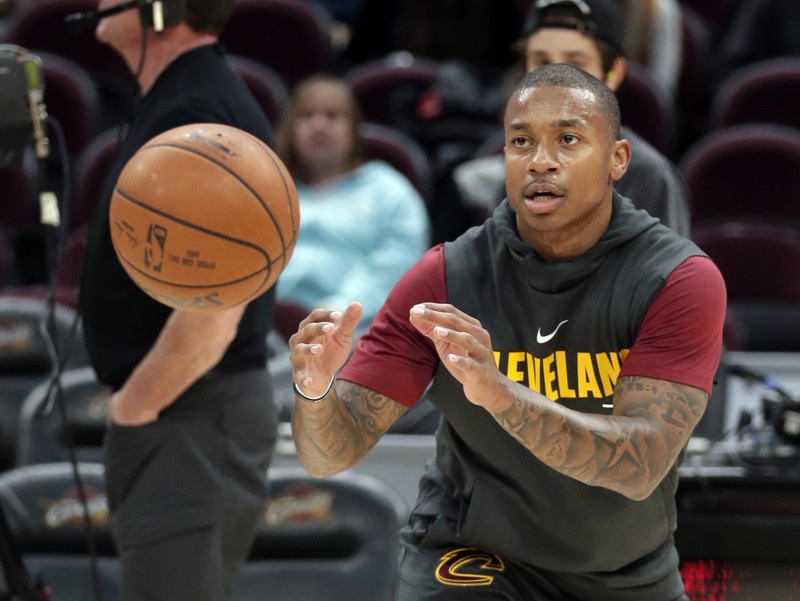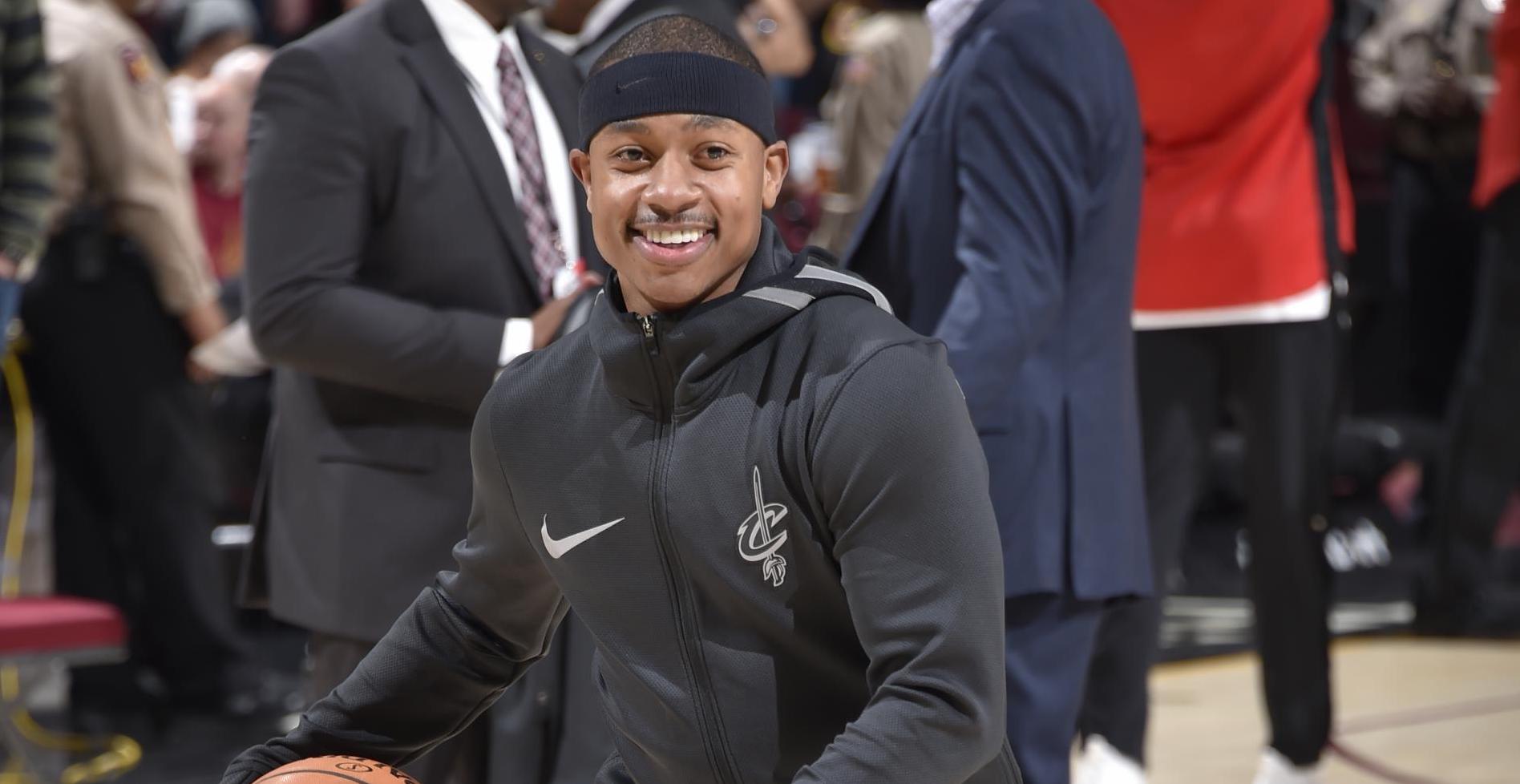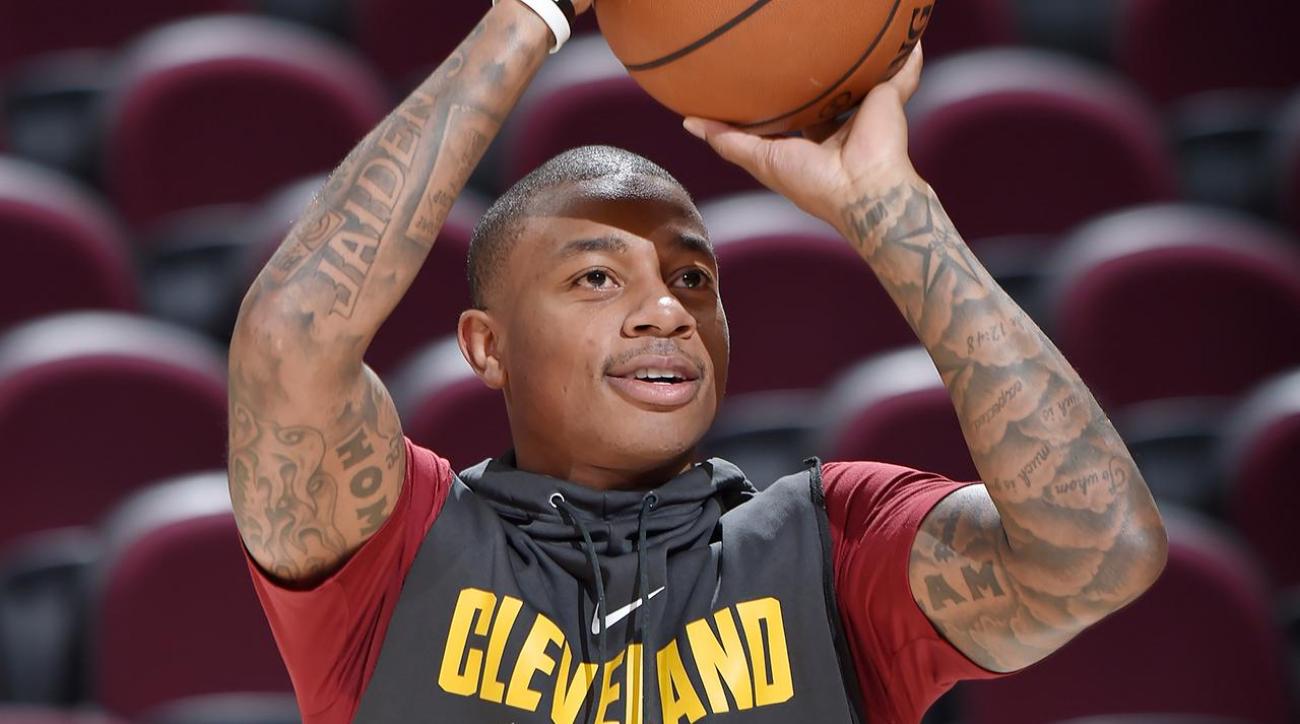As Isaiah Thomas’ return looms large, the Cleveland Cavaliers are hopeful that he can provide the spark they need to finish out the rest of the NBA season on a high note, and eventually to face the Golden State Warriors in the NBA Finals. If the same Isaiah Thomas who averaged 28.9 points per game for the Celtics suits up for Cleveland, the Cavs will have improved their offense. However, there is an uncertainty surrounding the impact Thomas will have, due to the fact that he is still recovering from a serious hip injury suffered last season.
On March 15th, in a game against the Minnesota Timberwolves, Thomas attempted a layup, drew contact but no foul, and hit the floor hard. Karl-Anthony Towns then lost his balance and fell onto Thomas. Seemingly unaffected by the injury, Thomas continued to play, until it appeared as if a knee injury would sideline him for the rest of the night. Word from the Celtics was that he had suffered a right knee bone bruise. After sitting out for two games, Thomas returned and led the Celtics to the playoffs, and the East’s #1 seed. He continued to play until game 2 of the Eastern Conference Finals against the Cavaliers, where he sat out the second half. The Celtics stated that he had suffered a right hip strain. And finally, before game 3, the truth was revealed, in an official statement from the team:

@NBA_AU/Twitter
“The Boston Celtics today announced that Isaiah Thomas will miss the remainder of this year’s postseason following re-aggravation of a right femoral-acetabular impingement with labral tear during Game 2 of the Eastern Conference Finals against Cleveland. Thomas initially injured the hip during the third quarter of the Celtics’ March 15 game against Minnesota, forcing him to miss the next two regular season contests. The injury was further aggravated during Game 6 of the Eastern Conference Semifinals at Washington on May 12.”
For over two months,Thomas had been playing through neither a knee bruise nor a hip strain, but a “right femoral-acetabular impingement with labral tear”. Essentially, this is an injury where the labrum, which is a cartilage pad, degenerates or tears, allowing the femur to rub against the bone in the socket of the hip, causing severe pain. A healthy joint is vital for athletes, especially basketball players, because it allows stability in movement. Lateral quickness is crucial to Thomas’ game, because he relies on being faster than other players due to his 5’9” frame. If he is unable to create seperation, his effectiveness is essentially zero because of his huge size disadvantage.

AP Photo/Tony Dejak
Thomas’ injury is one thing; the mystery surrounding it is another. Why was the labral tear misdiagnosed for two months? Why were the Celtics so secretive about it? The team fired its trainer of 30 years, its strength and conditioning coach of 14 years, and its massage therapist of nearly 40 years shortly before trading Thomas. The Cavaliers felt that his injury was worse than Boston had let on, because after examining him in Cleveland, the Cavs resumed negotiations with the Celtics and received an extra second-round pick in addition to the original deal. Around the time of the trade, reports stated that the Cavs’ medical team disagreed with Boston about the best way to go about healing Thomas’ hip, and that Thomas himself had differing opinions about the situation. Thomas was hurt by all of the suspicion surrounding his injury, and it took time for the Cavs to earn his trust.

Getty Images
Returning at full strength is obviously ideal for Thomas, but can he? There is precedent in a similar player with a similar injury, and his name should cause Cavs fans worry; Jonny Flynn.
Flynn was drafted sixth overall in 2009, and after an impressive rookie season in which he averaged 13.5 points per game, looked to be on track to becoming one of the NBA’s top point guards. Unfortunately, his career came to a crashing halt when he tore the labrum in his left hip. He opted to have surgery to repair it, as opposed to pure rehab like Thomas. Flynn’s playing time dropped and he began to bounce from team to team as trade filler, and was out of the league by 2012. Flynn suffered his injury at the age of 21. Thomas is 28. The human body is better suited to heal injuries at a younger age, but the difference between 21 and 28 should be minimal, as Thomas is still in his athletic prime.

via Sports Illustrated
Flynn and Thomas are two different people, with different injuries, different bodies, and different recovery methods. But the parallels remain. It would be best for the Cavs and fans to prepare for the worst, while not expecting it.
